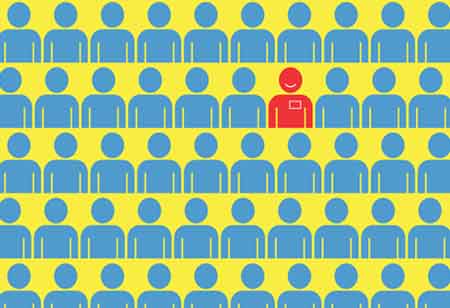THANK YOU FOR SUBSCRIBING
Be first to read the latest tech news, Industry Leader's Insights, and CIO interviews of medium and large enterprises exclusively from Hrtech Outlook
THANK YOU FOR SUBSCRIBING

By
HR Tech Outlook | Friday, April 29, 2022
Stay ahead of the industry with exclusive feature stories on the top companies, expert insights and the latest news delivered straight to your inbox. Subscribe today.
If companies want to make great hires and keep them, they must improve their onboarding programs.
Fremont, CA: Any company that grows large enough will need to consider how they will introduce new employees to the ways they work. Many businesses believe that by pitching a strong culture, they will attract great candidates who will work hard no matter what and that the rest will take care of itself. Sadly, this is not the case. If companies want to make great hires and keep them, they must improve their onboarding programs. Here are some of the most important lessons businesses can learn when developing employee onboarding programs.
Bad Onboarding can Result in High Turnover
As it turns out, doing a poor job of introducing employees to their work does more than slow them down — it can cause them to turn around and leave. According to a recent report, one out of every twenty-five employees leaves their new jobs due to poor onboarding programs. So, poor onboarding isn't just a bad start at a job; it can mean the end of a career. As a result, companies that want to avoid turnover must first examine how they introduce employees to their work.
Improper Onboarding Leads to Lower Productivity
This is not a redundant title; there's more at stake with onboarding than the employee in question. Companies with high turnover also experience lower productivity from the workers who stay behind for a number of reasons. For one, high turnover means lower morale for everyone else, and it makes it harder to work efficiently when one is not sure who one will be working with tomorrow. Additionally, someone has to pick up the slack, and the people who are left behind get the brunt of the leftover work. So even if one can afford the cost of turnover, one is still losing money on lost work.



